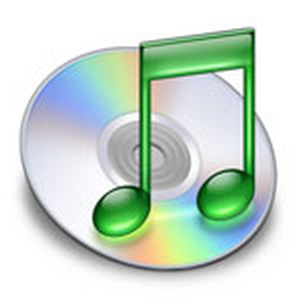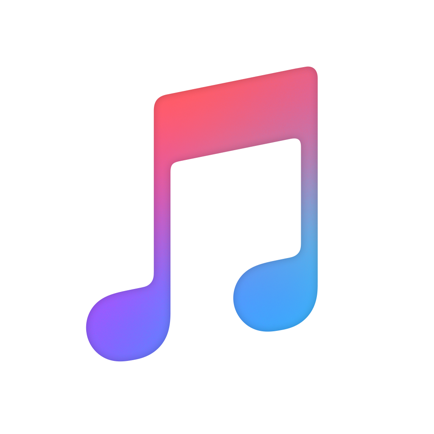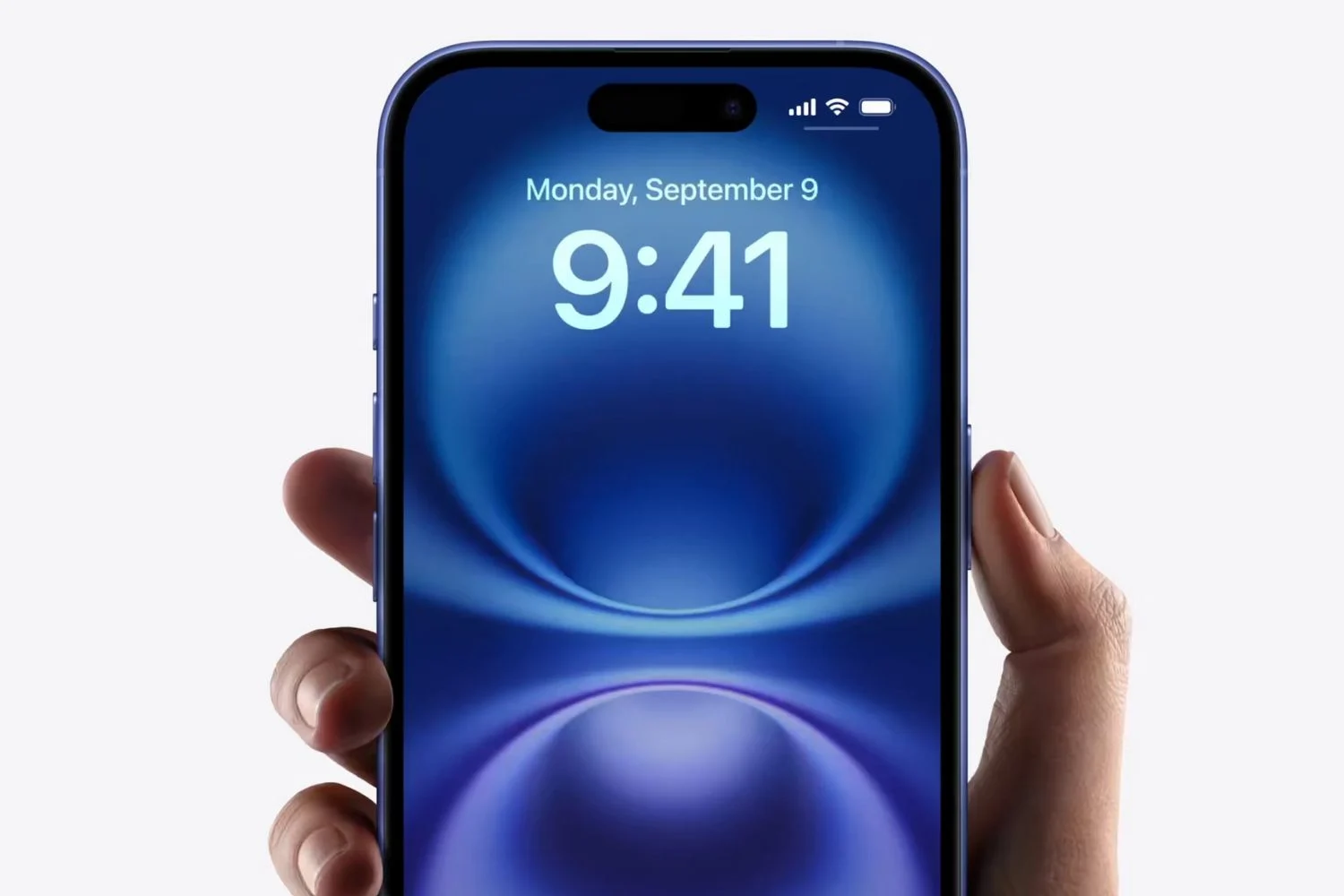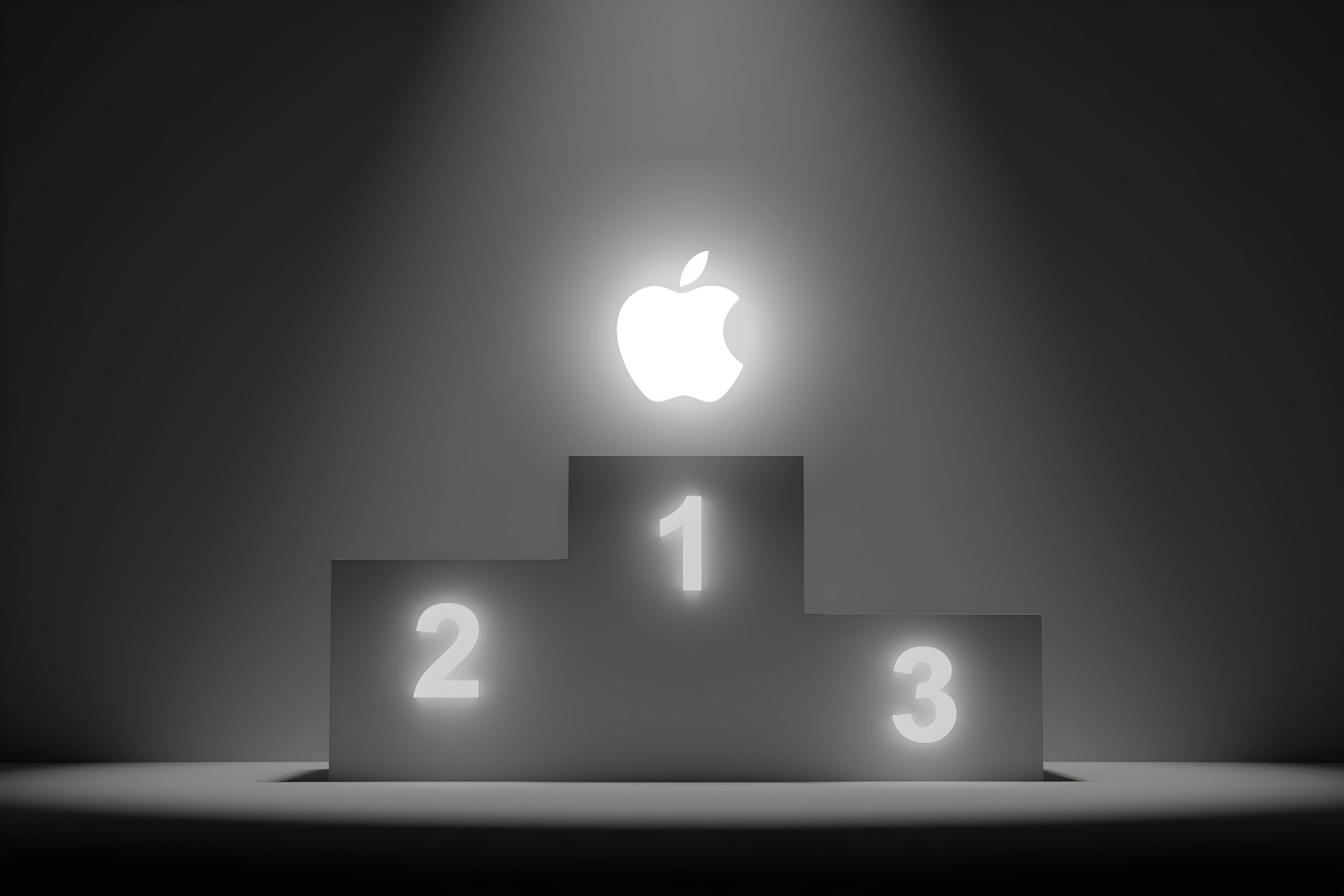- The iTunes Music Store celebrated its twentieth anniversary
- This catalog of streaming titles was available on iTunes before the arrival of Apple Music
- Windows computers can still access it, as well as some “old” Macs
Remember: the28 avril 2003, Steve Jobs unveiled with great fanfare the brand new iTunes Music Store, later renamed to the iTunes Store. Accessible via the eponymous app, until now a simple music player like Windows Media Player, the service was free but served as a media library for purchasing albums or singles individually. When it was launched, no less than two hundred thousand references were offered.
To get there, it took the founder of Apple and his collaborators to compete in ingenuity. The multiple labels signed for the occasion did not hide their initial skepticism, moreover only the United States was entitled to the platform at the beginning. But quickly, the success will be such that it will open up to many other countries, to the point of inspiring competition and marking the beginnings of streaming as we know it today. For you, we look back at the five most significant dates for iTunes, in nearly twenty years of good and loyal service.
January 9, 2001
It was on January 9, 2001 that Apple launchediTunesfor the first time. At the time, the app was only available on Mac. Based on a program designed by developer Bill Kincaid, it belonged to the company Casady & Greene – now defunct – from which Cupertino bought the rights to the code. Users then had the possibility, as with VLC, to play tracks hosted on their own computer. The offer was still far from being able to serve as a catalog like today.
October 16, 2003
It was not until almost three years later, on October 16, 2003, that Apple decided to release iTunes onWindowsafter its resounding success on several versions of macOS. The value proposition was then relatively similar, with compatibility for Windows 2000 and for Windows XP via version 4.1 of the client.
Today, iTunes is still available for computers running the Redmond operating system. The only downside, and not the least: it seems that most users who download the application from the Microsoft Store are quite disappointed. The bugs would thus be legion on PC, but this perhaps paves the way forApple Music, an alternative dating from 2020 for these machines and which could be the only one to remain in the future.
June 15, 2004
In France, iTunes did not finally arrive until mid-June 2004. The software was then still represented by a variation of its first logo, namely a CD-ROM on which a musical note was superimposed. This design will be renewed a fifth time between 2006 and 2010, before being replaced by a more minimalist icon, close to what we still know today.

the old iTunes logo © Apple
Apple's adventures with music in France will not be easy, with Apple in particular attracting grievances from theCompetition Authoritybecause it highlights its own platform to the detriment of other streaming players.
November 29, 2012
November 29, 2012 is synonymous with one of the most important updates of iTunes, not only graphic since the program gained a brand new interface but also operational with the arrival of synchronization viaiCloud. Now essential, this allows you to listen to all your music from any device without having to download it again – which was obligatory until now.
iCloud, by extension, also allows you to benefit from numerous other data on mobile, tablet and computer: photos (via the eponymous app), films (via Apple TV), passwords (via theTrousseau iCloud), documents (Pages, Numbers, Keynote)…
June 3, 2019
It was on June 3, 2019, during its traditional summer Worldwide Developer Conference, that Apple announced the “fin” of iTunes as we know it today. The app and its Store are gradually being replaced by Apple Music, Apple Podcasts and Apple TV. Devices that aren't compatible with this version can still install iTunes, which is still eligible for security updates, but that's it.







